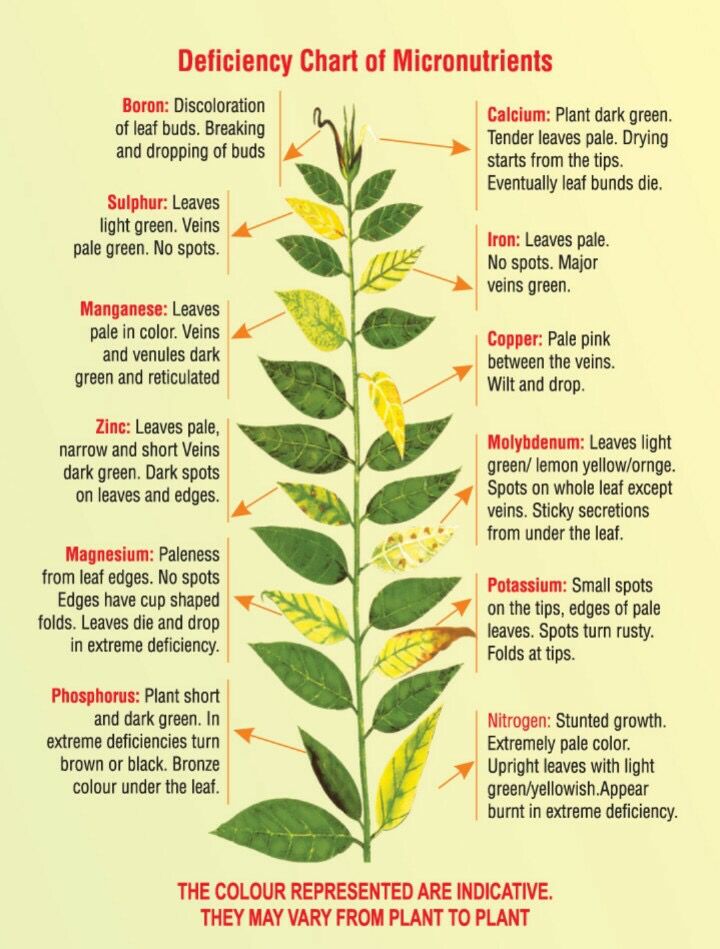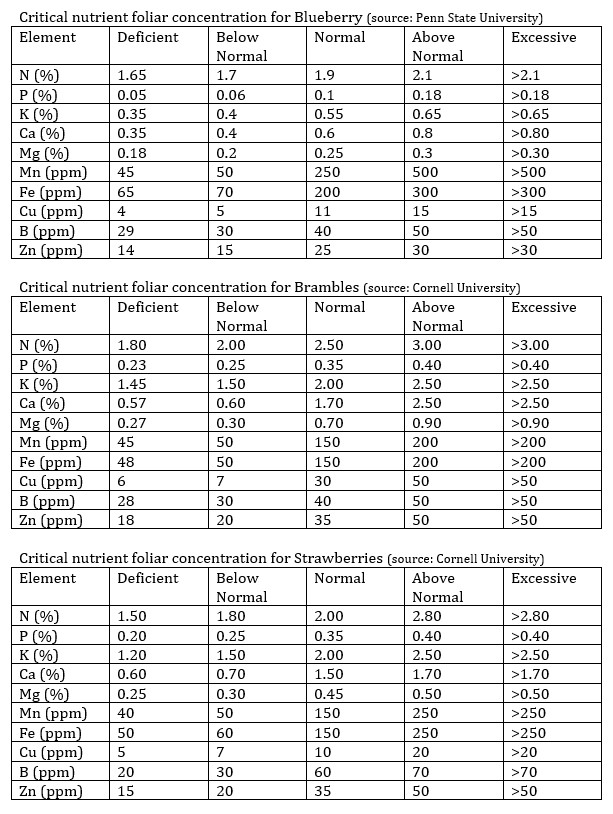Problems are an inevitable part of being a hydroponics grower. Even experienced growers will sometimes face issues when moving between environments or plant species as things change and new challenges arise. A big part of being a good grower is to be able to think about these obstacles, find out their causes and successfully respond to them. In this post I want to share with you some information about the data you should gather in order to properly diagnose a problem in your hydroponic crop. This is important as not having enough data often makes it impossible to figure out what’s going on, while simple measurements can often give a very clear view of what’s happening with the plants.
Take detailed, well documented pictures. What you see is a very important portion of what describes a plant’s status and issues. The first thing you should do is document what you’re seeing – take pictures of the plants showing the problem – and write down the symptoms you are observing. This documentation process should be organized, give each plant an ID, take pictures under natural light or white light of the new leaves, old leaves and root zones (if possible). Take pictures across different days showing the evolution of symptoms. Have all this information so that you can then better interpret what is going on. Also remember that symptoms do not necessarily mean deficiencies and deficiency symptoms does not necessarily mean more of a nutrient needs to be added to a nutrient solution (for example a P deficiency can show under low nutrient solution temperature even if P in the solution is actually very high).

Record all environmental data. When a problem happens, it is often related to the environment the plants are in. Having recorded data about the environment is a very important part of evaluating the issue and figuring out what went wrong here. Getting a good view about the environment usually involves having measurements for room temperature, temperature at canopy, relative humidity, carbon dioxide concentration, nutrient solution temperature, PPFD at canopy, and root zone temperature. All of this data should be recorded several times per day as they are bound to change substantially between the light and dark periods.
Get nutrient solution analysis. Diagnosing a problem is all about having a complete view of what’s going on with the plants. The nutrient solution chemistry can often be a problem, even without the grower knowing a problem is brewing there. Sometimes nutrient solution manufacturers might have batches with larger errors than usual, or the input water might have been contaminated with something. There is also the potential of human error in the preparation of the solutions, which means that getting an actual check of the chemistry of the solution can be invaluable in determining what’s going on.
Get leaf tissue analysis. Even if the nutrient solution analysis does not reveal any problems, there are often issues with plants that are related with interactions between the environment and the solution that can go unnoticed in a chemical analysis of the solution itself. Doing a leaf tissue analysis will show whether there are any important nutrient uptake issues within the plant, which will provide a lot of information about where the problem actually is.

Take well documented pictures of tissue samples using a microscope. A microscope can be important in determining what’s going on with plants, because it can show developments in roots/tissue that cannot be seen with the naked eye. Microscopes can often reveal very small insects or fungal structures that would have otherwise gone unnoticed. For this reason, a microscope and the taking of microscopy images can be of high value when dealing with a problem in a hydroponic crop.
With all the data mentioned above, most hydroponic crop problems will be much easier to diagnose. Some of the biggest failures in dealing with problems in hydroponic crops come from not gathering enough data and just guessing what the problem might be given how the plants look. Sadly plants can show similar responses to a wide variety of problems and – in the end – nothing replaces having the data to actually diagnose what’s going on in order to deal with the issue appropriately. Lacking an evidence-based picture is often the biggest difference between success in diagnosing/fixing an issue and failure or even worse problems caused by taking actions that have nothing to do with the real problem at hand.





